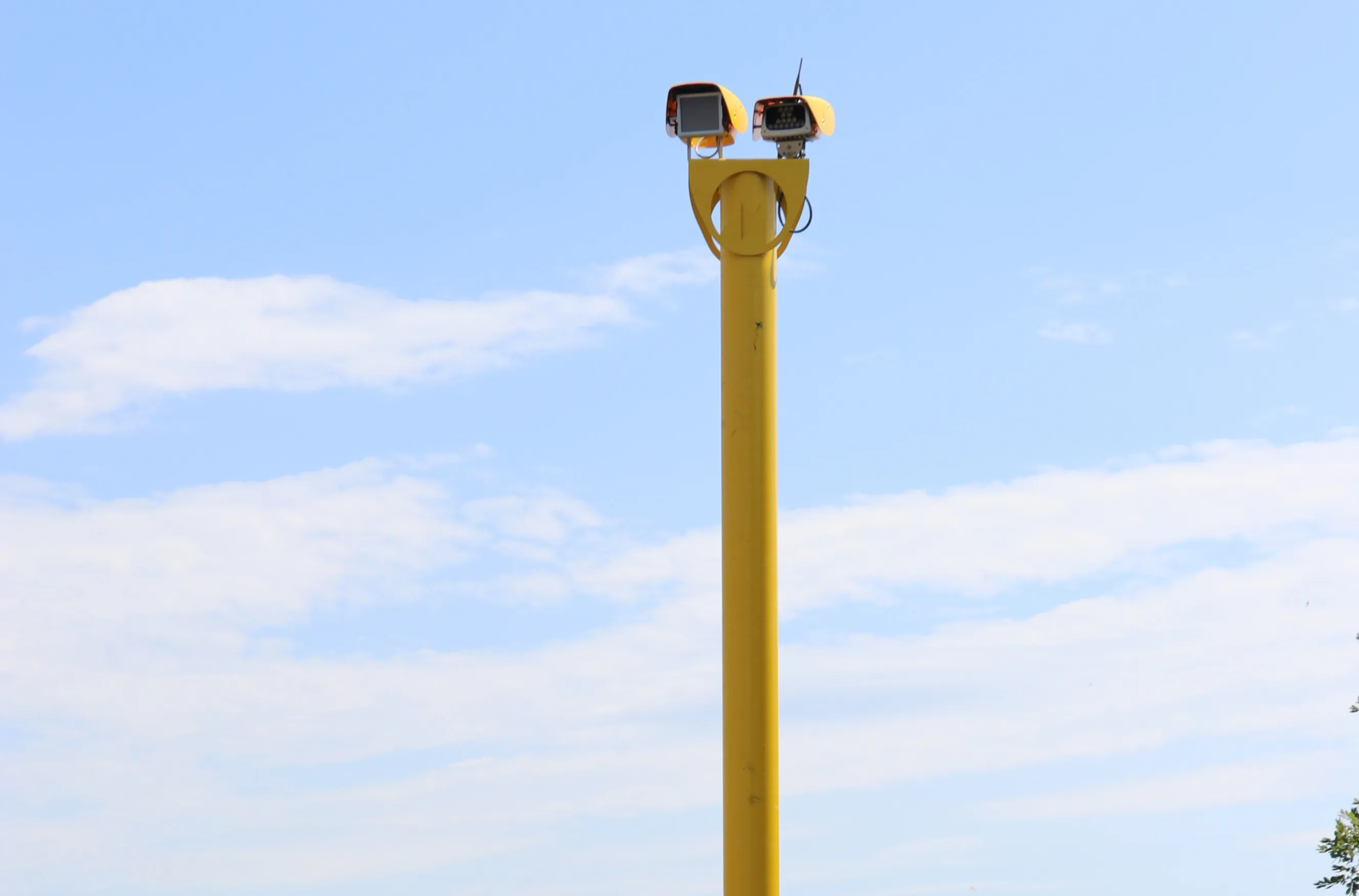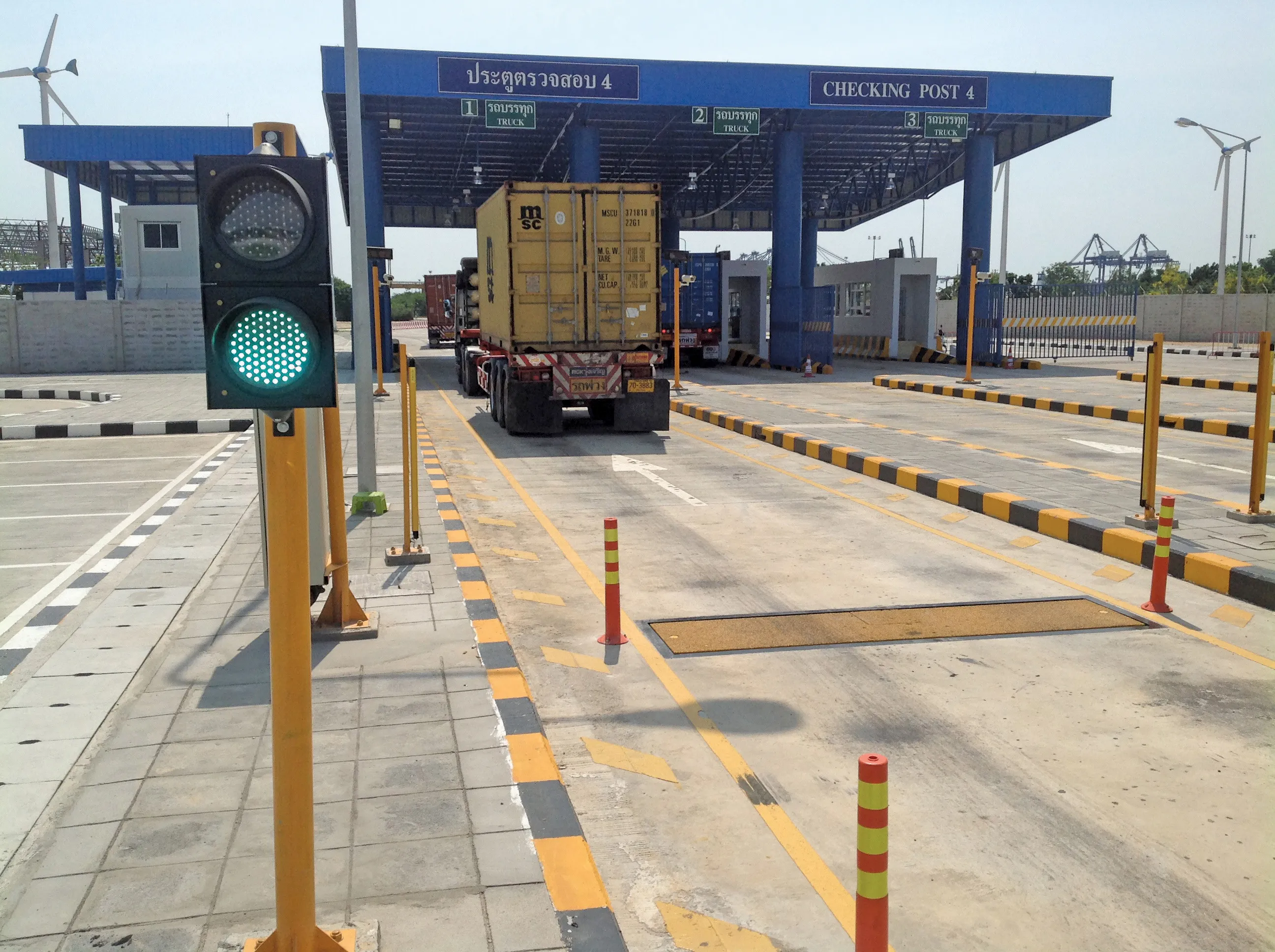
Achieving HOTA means the system passed rigorous evaluation and testing required to allow it to be operated as an unattended enforcement device for the measurement of vehicle speeds.
Vector SR uses the highly capable Vector2 integrated ANPR (automatic number plate recognition) camera platform, working alongside Jenoptik’s own 3D tracking radar device. Both modules are lightweight and low power, allowing Vector SR to be mounted on a passively safe pole – something that has not been possible before with older enforcement technologies, said the company.
The system can operate alongside the patented Vector IR Infra-Red illumination module, allowing image capture on a fully dark road without any distracting flashes or dazzling puddles of light.
Vector SR is supported by Infra-Red illumination, is lightweight enough to mount on a passively safe pole or existing street furniture and has no need for in-road sensors, explained Geoff Collins, Jenoptik’s marketing director.
Jenoptik’s expertise extends to measuring average speed over a defined section of road – called section speed control - and automated number plate recognition. Thanks to the digital combination of several sensor technologies with software and data management, Jenoptik is also a new systems supplier for truck toll monitoring on federal highways in Germany.









